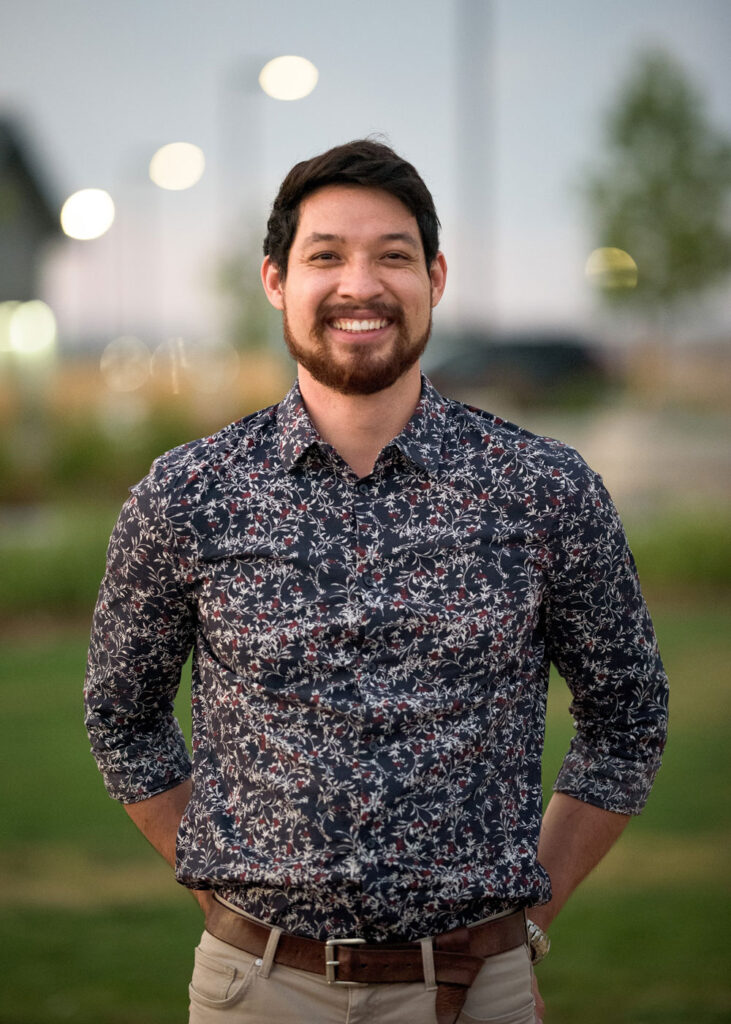Robert Michael Loh
Materials science and engineering
Hometown: Phoenix, Arizona, United States
Graduation date: Spring 2021

FURI | Spring 2021
Synthesis of 2D Transition Metal Oxides
Metal oxides have known bulk properties but many of them have not been synthesized in atomically thin or two-dimensional (2D) forms, which can enable new properties and functionality. Materials take on vastly different properties when they are on the nano-scale. These have been utilized in many ways such as batteries, insulation, medicine, transportation, optics, and electronics [1]. Previous research by the Wang research group[2] showed that molybdenum trioxide (MoO3) and tungsten trioxide (WO3) could be synthesized from the atomically thin two-dimensional (2D) forms of their respective sulfides, MoS2 and WS2, by atmospheric plasma treatment, resulting in atomically thin 2D metal oxides. This FURI project aims to use a similar synthesis method to convert thin-film germanium disulfide (GeS2), hafnium disulfide (HfS2), and palladium diselenide (PdSe2) into thin-film transition metal oxides (MOx). Mechanical exfoliation is used to prepare atomically thin sheets of transition metal dichalcogenides that are then characterized with Raman spectroscopy and atomic force microscopy (AFM). Subsequently, these samples are exposed to atmospheric plasma with the hypothesis that this will form thin-film MOx where x represents the most favorable thin-film transition metal oxide stoichiometry. Initial experiments have shown that unique bonding states and morphologies are achieved with this synthesis method while the mechanism and specific identity of these initial materials is unknown. Further characterization by x-ray photoelectron spectroscopy (XPS) is planned to identify the exact stoichiometry of the material. Large area sheets must be used for XPS which is achieved with chemical vapor deposition (CVD).
Sources
[1] Nano Technology Initiative 2000, accessed September 26th, 2020, <https://www.nano.gov/you/nanotechnology-benefits>
[2] Chu, X. S., Li, D. O., Green, A. A., Wang, Q. H.,(2017). Formation of MoO3 and WO3 nanoscrolls from MoS2 and WS2 with atmospheric air plasma. Journal of Materials Chemistry C., Vol.(5) pg 11301 – 11309. DOI: 10.1039/c7tc02867a
Mentor: Qing Hua Wang